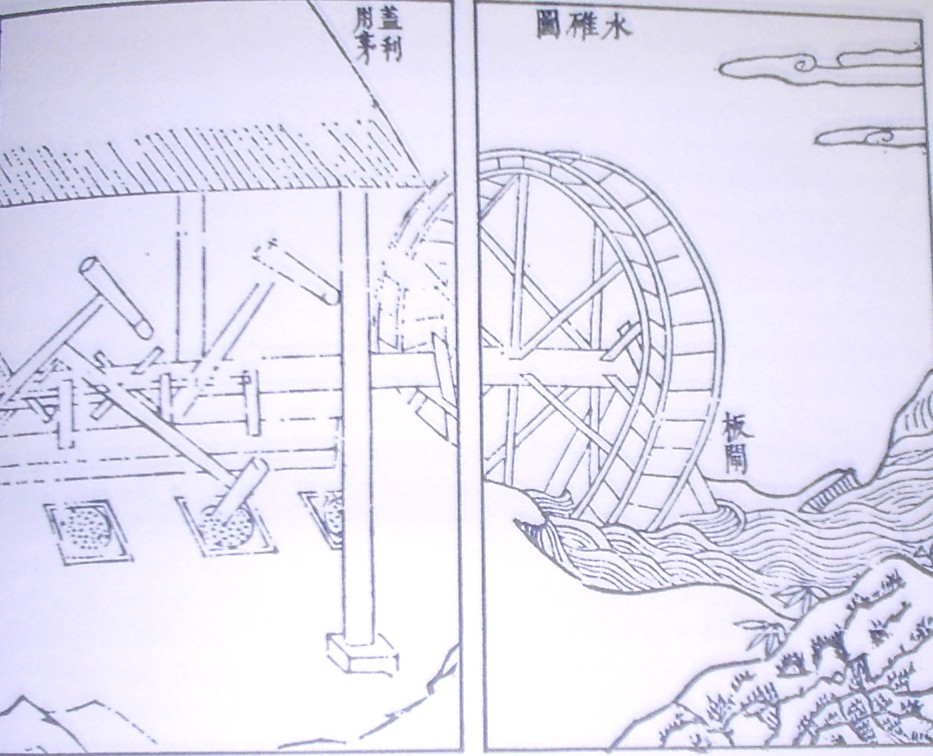
China’s Xinhua news agency announced the country will establish a standard system for the Industrial Internet by 2020. Guideline jointly released by the Ministry of Industry and Information Technology and the Standardization Administration establish technical standards for key elements of the Industrial Internet of Things (IIoT), including industrial internet resources and platforms, big data and cybersecurity.
The goal is to build an integrated open standards-based IIoT system by 2025.
This announcement is bold, sweeping and vague all at the same time, and does not offer a detailed roadmap and implementation details. Nevertheless, if China is successful in achieving even part of the overall goal, it will have a major effect on the development of IIoT. China’s industrial market size and its continued growth, coupled with other government initiatives in renewable energy targets and aggressive shift to all electric cars will create a tipping point.
Industrial Internet Standard System — What to Expect?
Industrial IoT as a Utility. The development and application of cross-industry standards will advance Industrial IoT technology and interoperability, which will accelerate adoption and move IoT closer to becoming a utility.
Cybersecurity and Privacy. Standards-based implementation should help address cybersecurity concerns which are one of several factors that delay broad adoption of IoT. At the same time, proliferation of IoT networks through industry and public places will heighten concerns about data use rights and privacy.
Industry Consolidation. As the attention of industrial companies moves up the IoT technology stack, from connectivity to business value, organizations will invest in data analytics, artificial intelligence, and decision support systems. A few IoT vendors that offer connectivity platforms will be acquired, but most will be left behind.
Global Growth. A successful pan-industry industrial Internet model and growth in China will accelerate growth in other regions.
